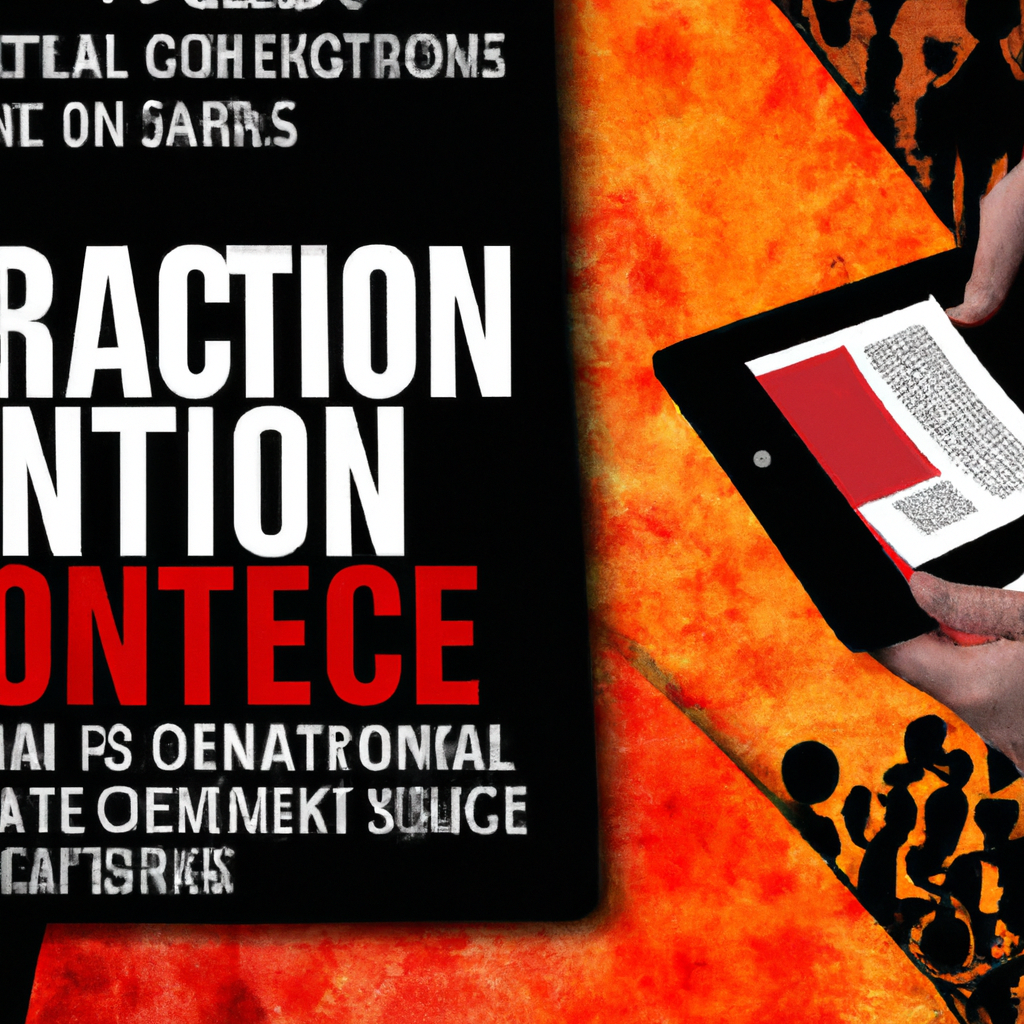
In a striking demonstration of the enduring power of art intertwined with activism, Goldsmith University's esteemed Art Gallery will shutter its doors through October. This decision follows a fervent protest led by a cadre of pro-Palestine students, whose grievances with the institution's policies have sparked a broader dialogue on the role of educational establishments in global political affairs.
The protesters, eloquent and determined, have accused Goldsmith University of a grave paradox: championing the student-led Palestinian movement through exhibitions and public forums, whilst simultaneously underwriting practices they equate with genocide through their investment portfolios. This bold accusation points to the complex web of funding and ethical responsibility that educational institutions must navigate in today's politically charged atmosphere.
The closure of the gallery, a cultural cornerstone known for its provocative and groundbreaking exhibitions, poses significant questions about the intersection of art, education, and activism. Is the role of an academic institution merely to educate, or does it carry a greater moral responsibility to reflect and act upon the social and political convictions of its constituents?
This incident at Goldsmith University serves not only as a reflection of the heightened tensions around the Israeli-Palestinian conflict but also as a microcosm of the global struggle between cultural expression and political activism. It is a vivid example of how art and its sanctuaries can become battlegrounds for ideological conflicts, influencing public opinion and potentially altering the course of political policy.
As the doors of the gallery remain closed, one is compelled to ponder the role of such institutions in advocating for justice, transparency, and peace. The temporary silence of its halls echoes a challenge to other cultural and educational institutions worldwide: to introspect their roles in either perpetuating conflict or fostering understanding and change.
Goldsmith University's Art Gallery, through its closure, ironically amplifies a powerful message on the potency of art as a form of resistance and the indomitable spirit of student activism. In the months to follow, the eyes of the cultural and academic world will undoubtedly remain fixated on this prestigious institution, eagerly watching how it navigates the tumultuous confluence of art and politics.